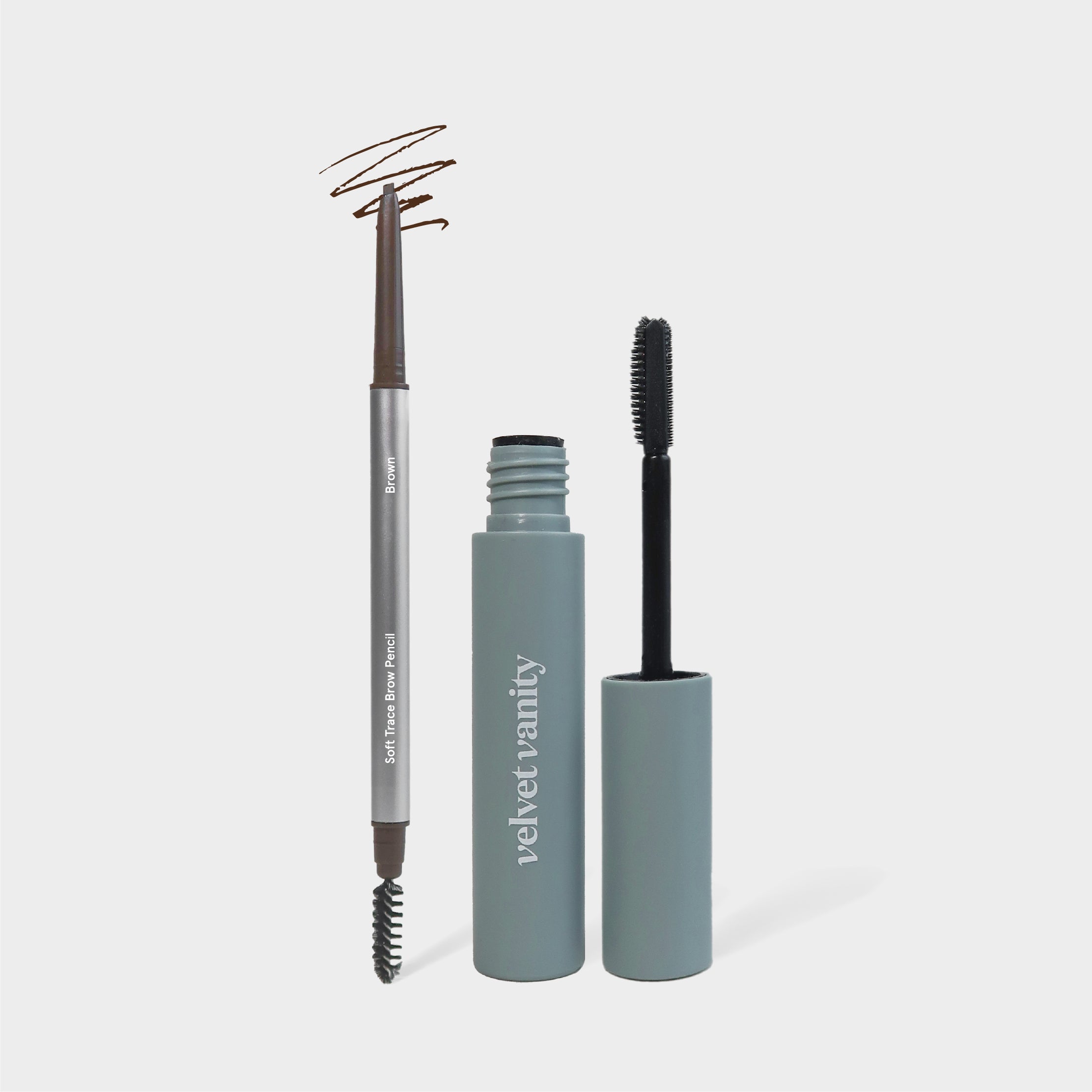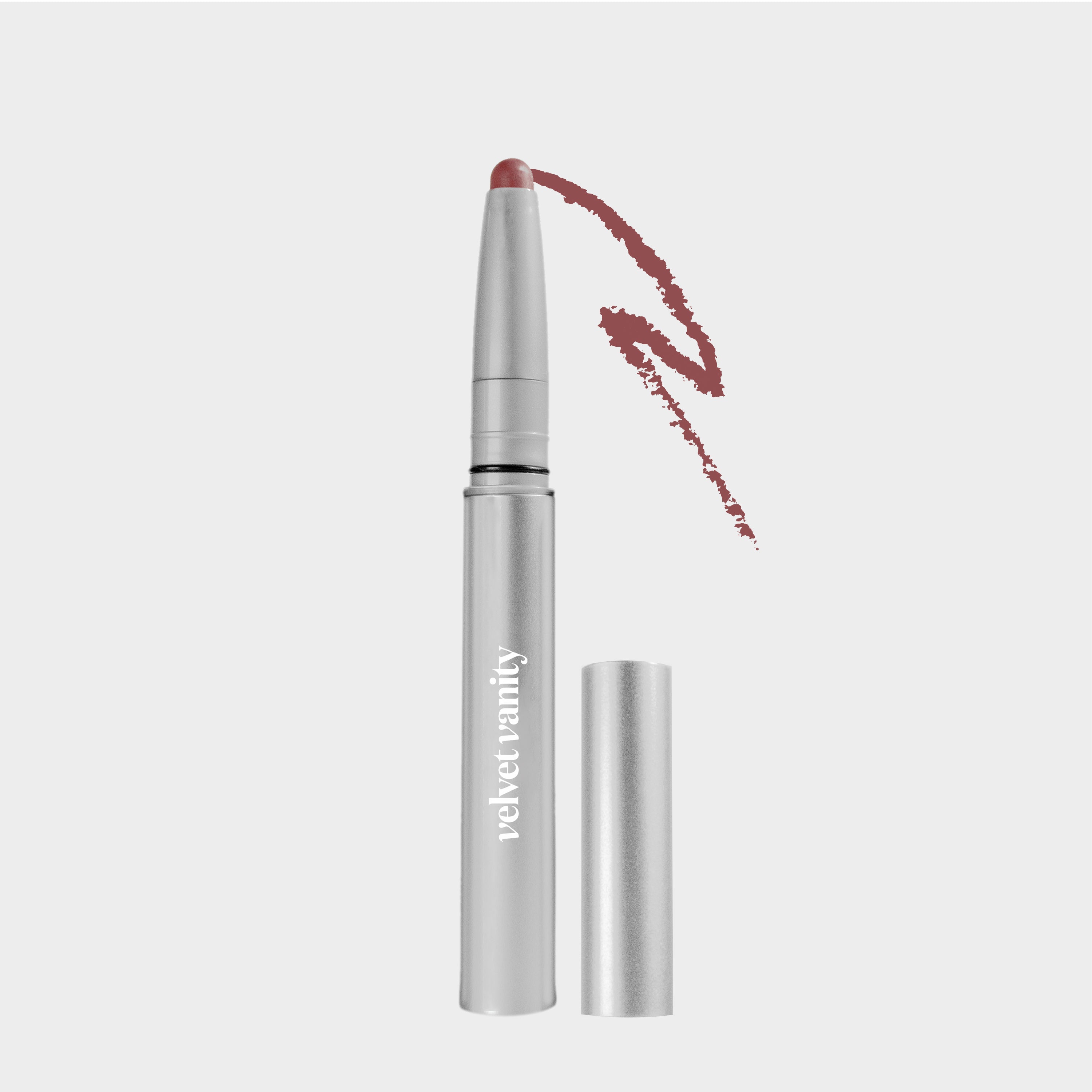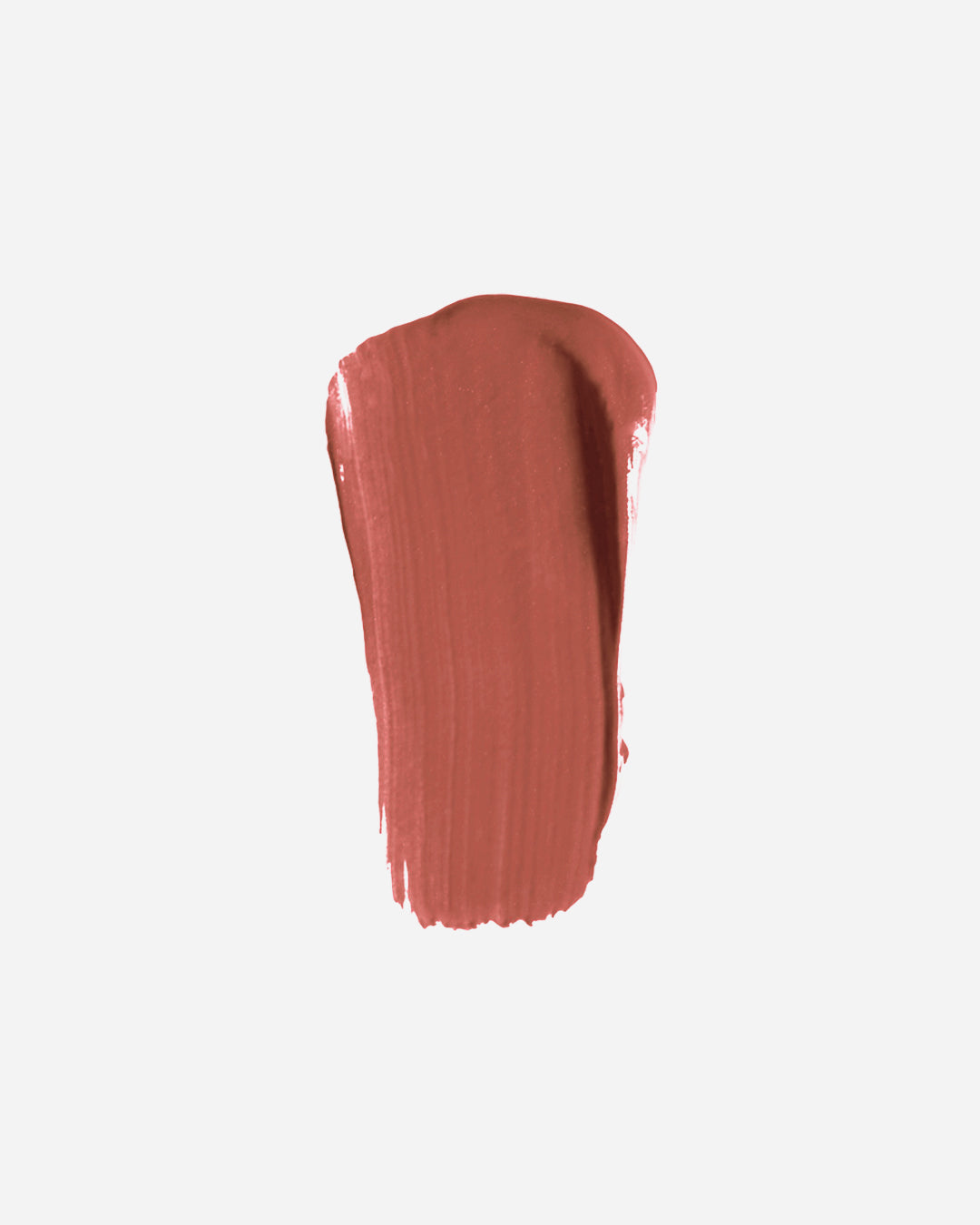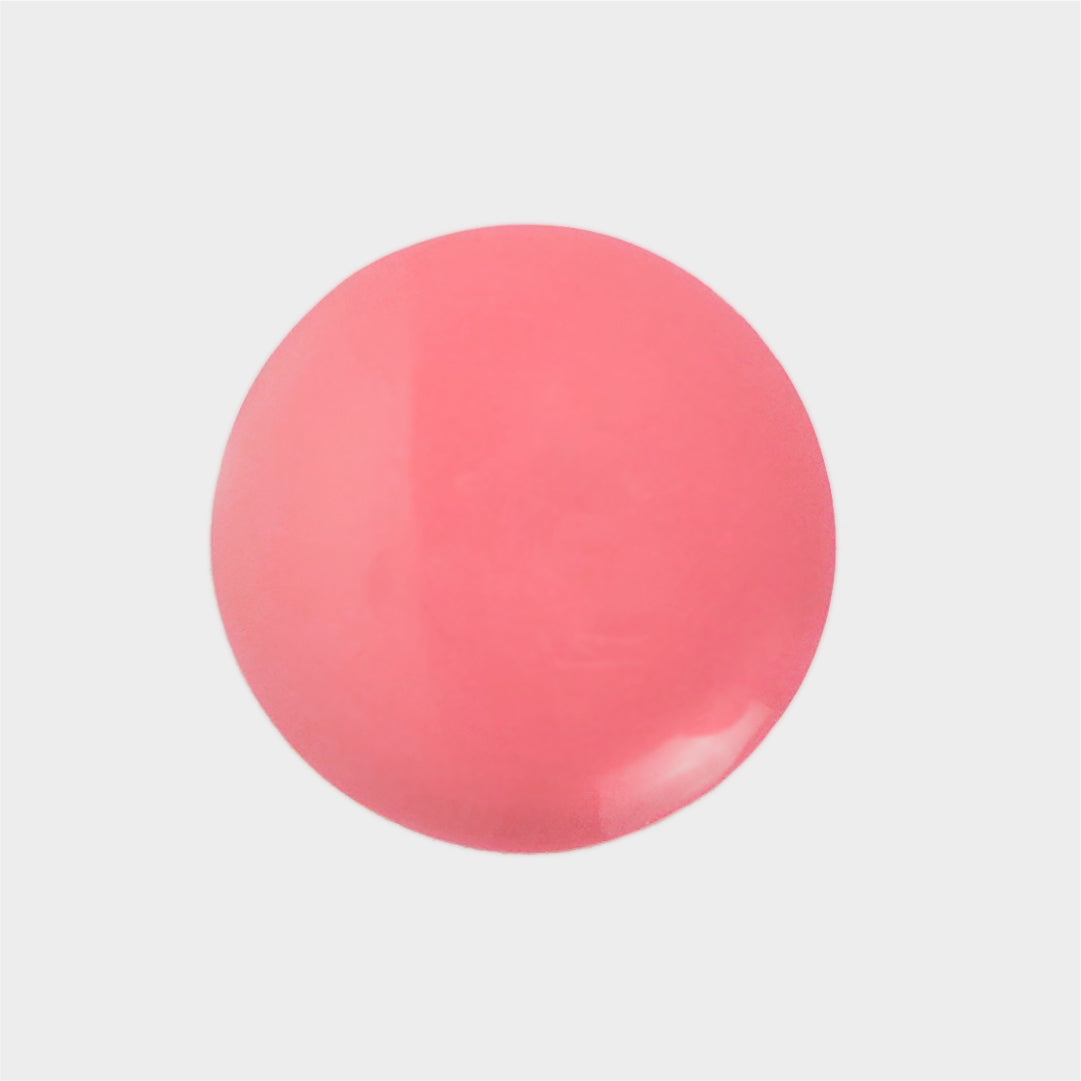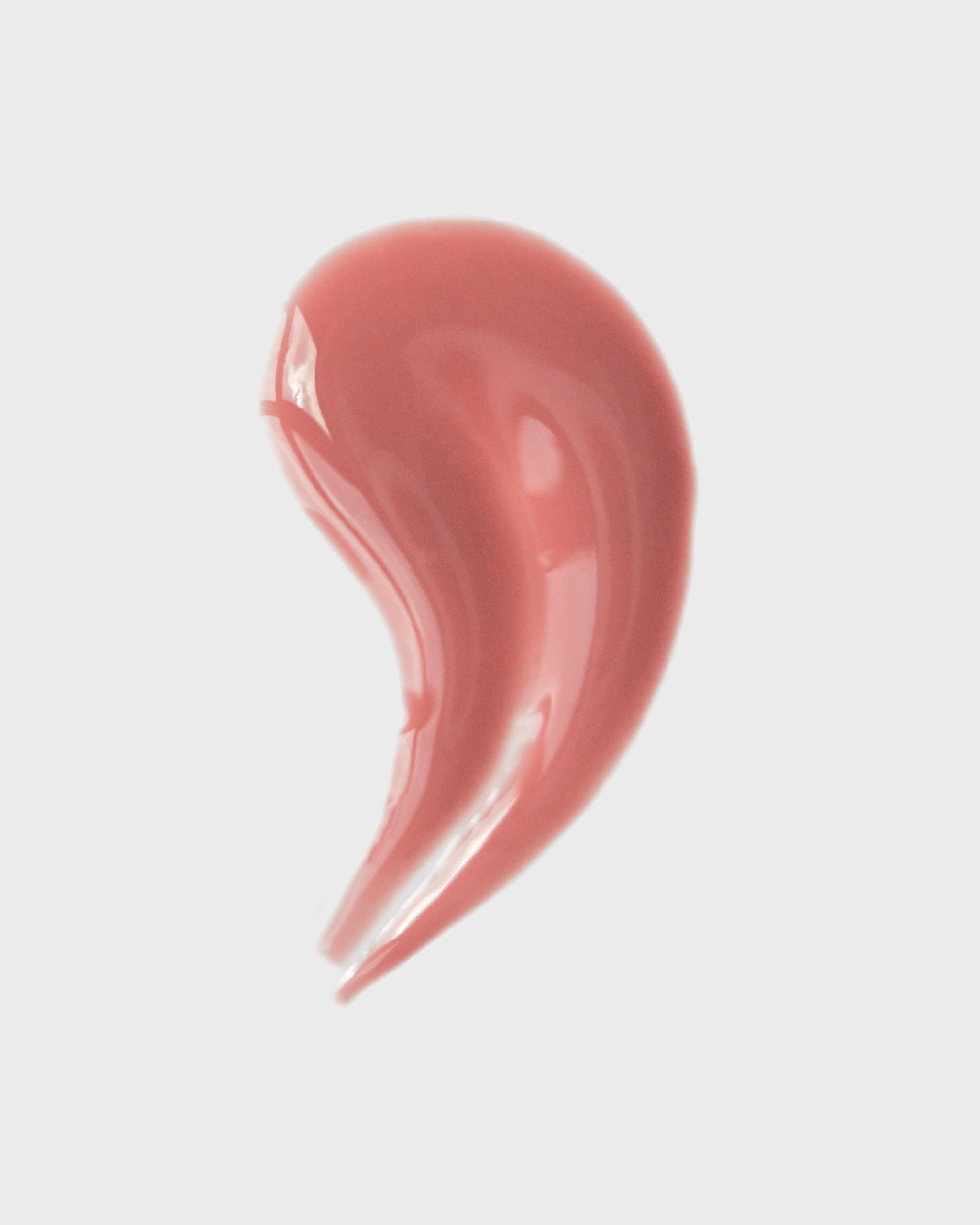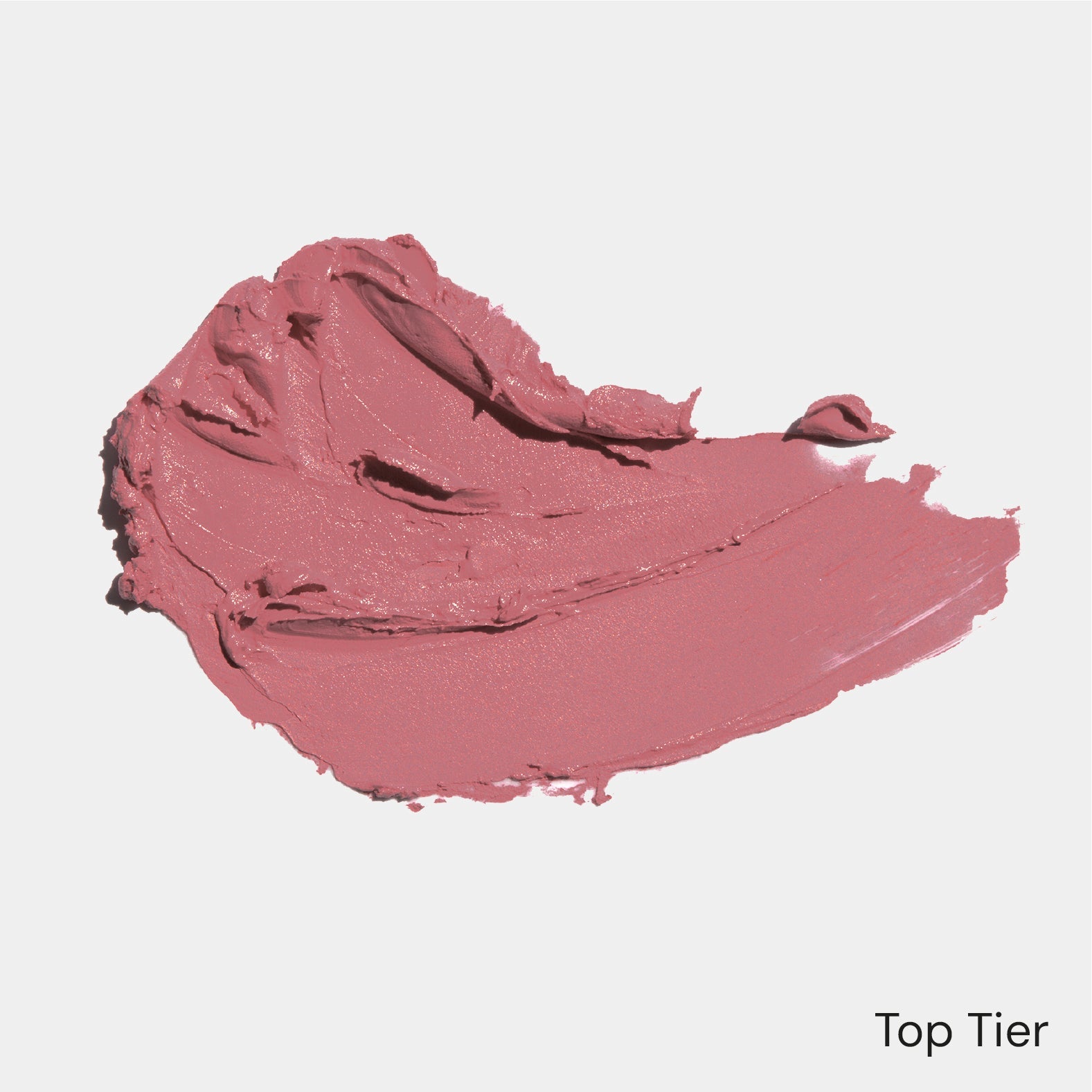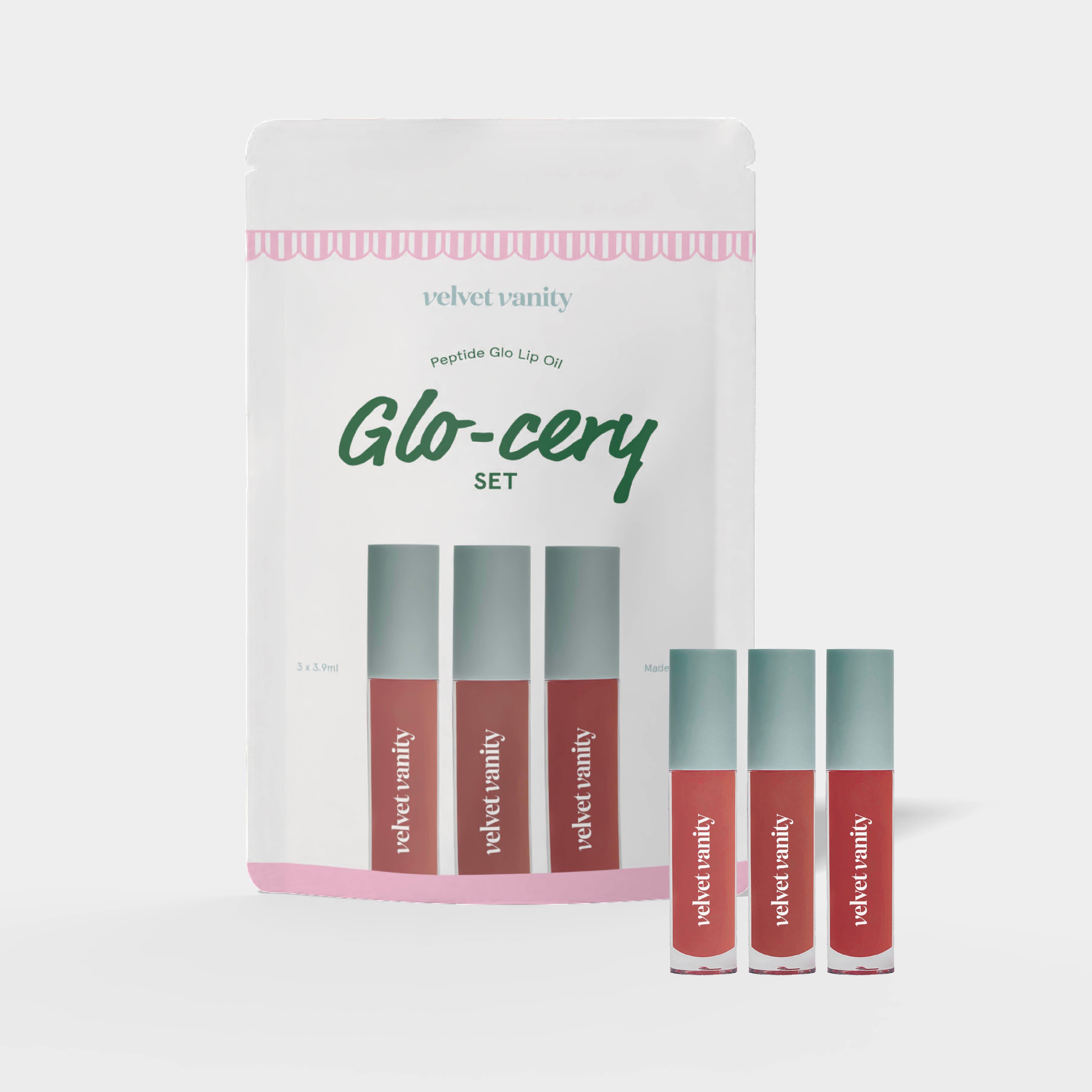Why patch testing is important

Have you ever tried a new skincare product and the very next day, you get a breakout? :O
This is where patch testing comes in handy. Patch testing is important in ensuring that your skin is compatible with the product and to avoid breakouts and other skin complications. Patch testing involves testing the product on a discreet part of your skin and waiting to see any signs of redness or irritation.
You might think, “I’ve never had any issues with any skincare product before,”. But here’s the thing: everyone is susceptible to a breakout or irritation caused by a new product. Think of it this way, usually when you’re trying out new food or drink, you would take the first sip or bite oh-ever-so carefully. The same thing goes when it comes to trying out a new skin product, except this one’s more of a delicate situation because your skin could easily be irritated from it.

When you’re experiencing any odd reactions from your new product(s), it’s important to note that not everyone reacts the same way to that exact product. Your friend might think of it as their holy grail while you turned into a red ball of irritation upon the first application.
So, don’t go all ballistic if a product doesn’t work on you because more often than not, a larger percentage of their users have no adverse reaction to it. Well, unless it actually contains harmful and dodgy ingredients. (Psst, mercury skincare.)
Hmm, how do you do a patch test? It’s super easy! All you need to do is test your new product at any of these discrete areas: back of the ears, neck, or inner arm. The typical rule of thumb is to wait for 24 hours and see whether there’s any redness or irritation that occurs.
However, you need to research on the product itself before trying out because some would actually cause irritation upon the early usages (Eg: Retinol) and it will gradually be gone once your skin has adjusted itself to the ingredient. But, it’s not to be confused with an actual skin irritation such as dryness, reddening, itching, peeling, and worse, swelling, burning, and blistering. If you’re experiencing any of these, then this is definitely your big red sign to stop using it immediately and it’s best to refer your dermatologist if symptoms persist.
0 comments


